Winter vegetables: grow in September – harvest in winter
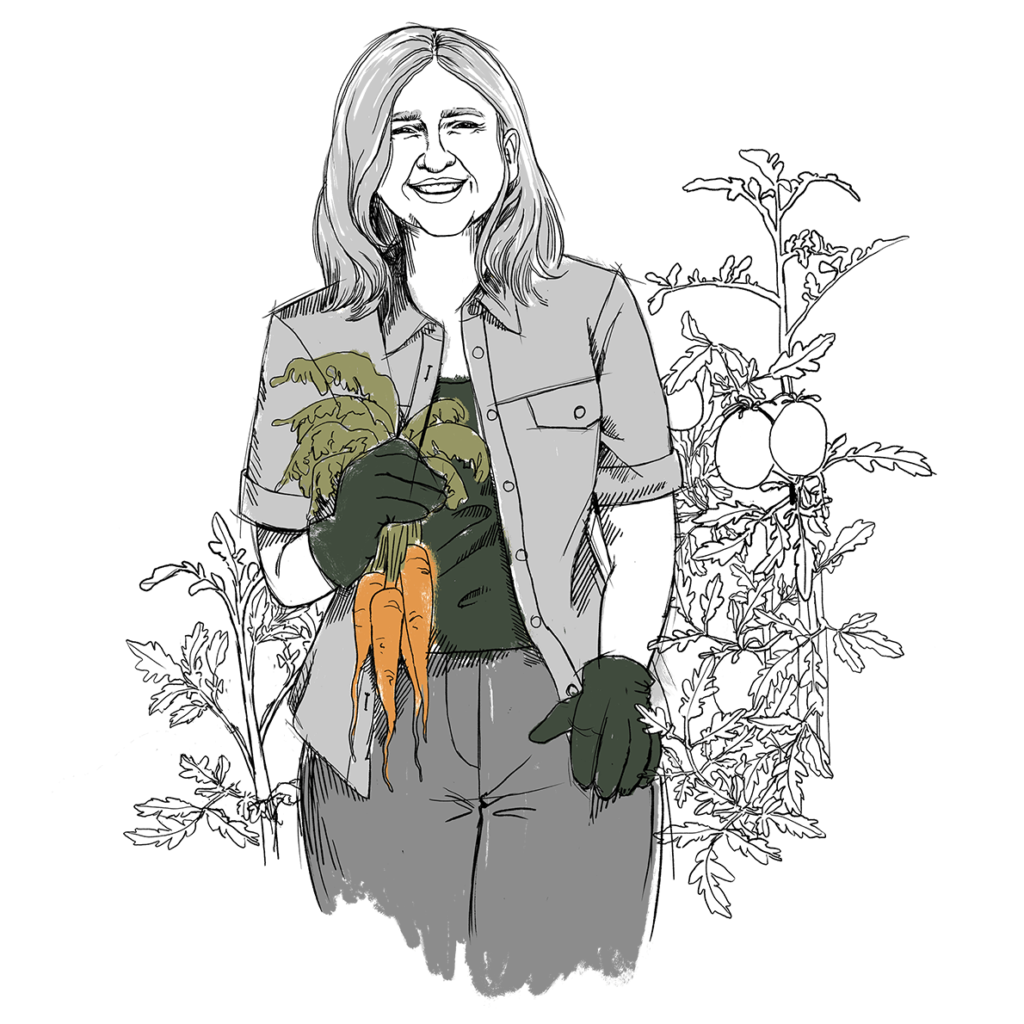
Summer is entering its final stage. When you harvest the last tomatoes, peppers and zucchini, do you feel a little nostalgia and already long for the next spring? Are you already looking forward to the first fresh vegetables next year? You can say goodbye to the long wait. With the cultivation of winter vegetables, you no longer have to live without lush beds and fresh vitamins on your doorstep even during the cold months.
The cultivation of winter vegetables is very easy and does not require much witchcraft. On the contrary – it has some unbeatable advantages over spring and summer cultivation:
- Snails, caterpillars, aphids and other pests die or go into hibernation. You do not need to worry about major (feeding) damage to your winter vegetables.
- Many plants even cope better with the cooler temperatures than on hot summer days.
- Of course, winter vegetables need enough water, but you will need to water less because of the cooler and wetter days during autumn.
- The best way to get the best taste and freshness in winter is to grow your own winter vegetables. A good way to escape the monotony of the supermarket.
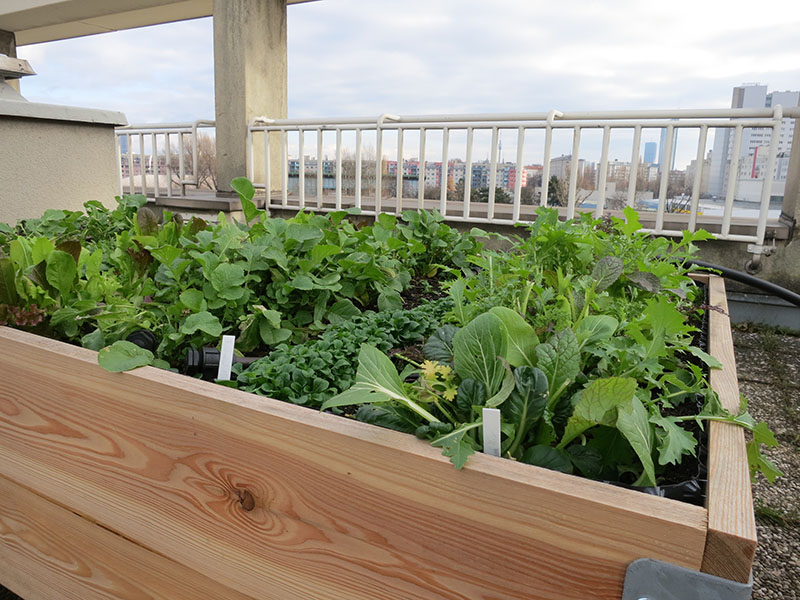
How to cultivate your own winter vegetables
Preparation
Most winter vegetables do not need too many nutrients. A little fresh soil or compost laid down on the harvested summer beds is quite sufficient. If you are a happy owner of a raised bed, it is ideal for growing winter vegetables, because the vegetables are protected from icy winds in the raised bed. In addition, the raised-bed filling and the walls compensate for excessive temperature fluctuations.
Cultivation
Early to mid-September, in mild regions even until the end of September, is the best time to grow winter vegetables. The temperatures are still warm enough for the plants to sprout and grow. Winter vegetables are best sown directly. Pay attention to the row spacing indicated on the package – then the vegetables will have enough space for their development. Several types of winter vegetables, e.g. salads or cress, are light sprouts. When sowing, press the seeds only slightly and do not cover them with soil.
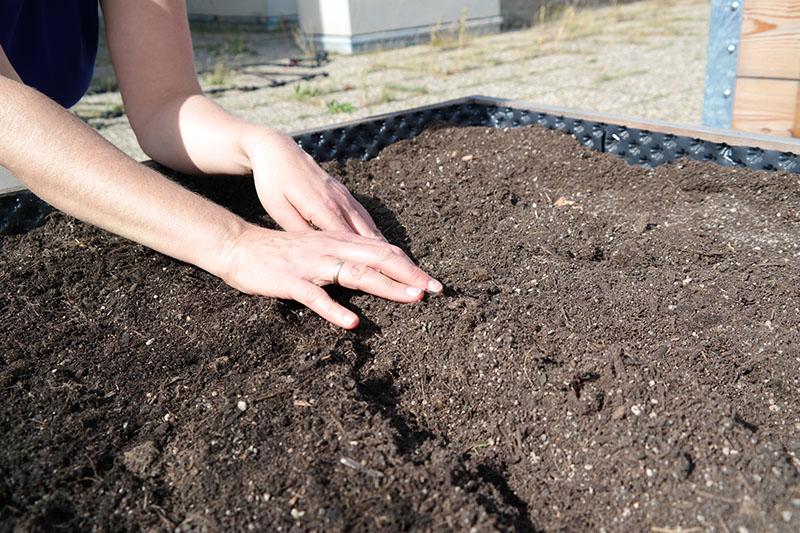
If you prefer planting, you must start pre-growing about 3 weeks before – about mid/end of August. Water the seeds or plants well and keep the bed moist until the plants have developed a bit stronger.
Maintenance and cold protection
Winter vegetables do not require any additional fertilization – quite the opposite, you would actually weaken the plants. Because as the days get shorter, the plants consume less and less nutrients and would be more susceptible to fungal diseases and other germs due to the excessive fertilization.
Isolate head forming plants, e.g. head or iceberg lettuce. However, many winter vegetables grow as plucking salads or plucking vegetables. These include spinach, lamb’s lettuce, picking lettuce or Asia salads. It is sufficient if you lighten out plants that are too close together.
Tip:
Use the plucked leaves of lettuce, radishes, etc. as fresh green for a salad or on sandwiches.
As temperatures drop, your winter vegetables need protection against the cold. Raised-bed gardeners have a small advantage, they simply use a cold frame attachment to cover their plants. A mobile cold frame box, which you place over the winter vegetables, is also very suitable.
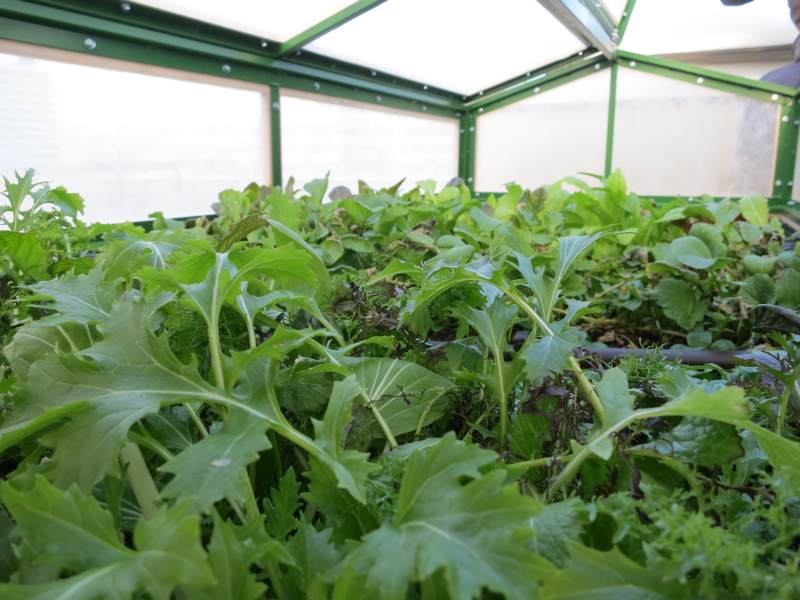
During milder winters, a garden fleece or climate net protects the vegetables from light frost. They are permeable to air and wind, so you don’t have to ventilate and save yourself watering when it rains. However, there is a risk that the vegetables will start to mold under the fleece if the weather is too damp. In this case it is better to switch to a “tight” cover (e.g. with multiwall sheets).
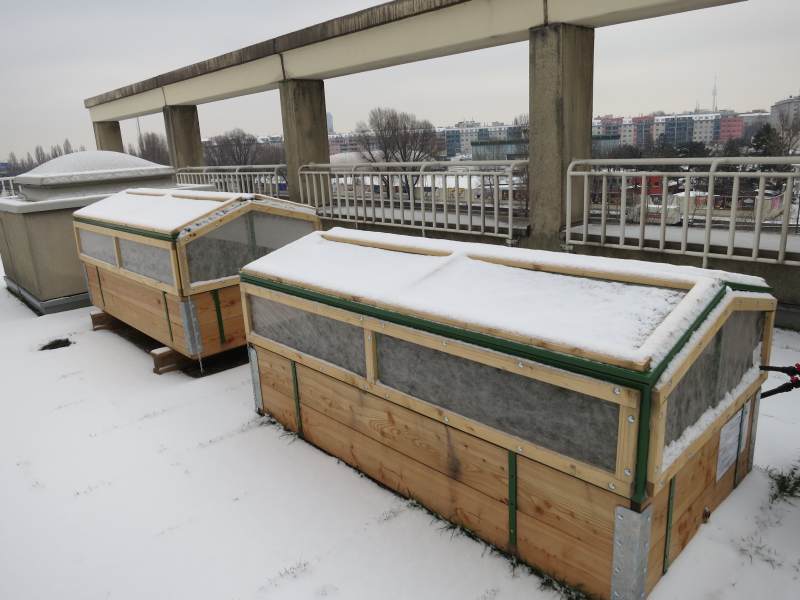
Harvest
Many winter vegetables can withstand temperatures from -10° C to even -15 or -20° C. So you don’t have to harvest immediately when the vegetables are fully grown. They can even remain in the bed until February/March, depending on the needs and type of vegetable.
Tip: harvest leafy vegetables leaf by leaf
Pull off only the outer leaves of plucking vegetables such as Asian salad, picking lettuce, rocket or spinach and leave the heart of the plant standing. Then the vegetables will constantly sprout and provide you with fresh leaves throughout the winter.
The best vegetable species and varieties for the lush winter harvest
The best preparation and care is useless if you choose the wrong vegetables and varieties. Because not every vegetable is hardy and there are also big differences between the varieties. Summer salads can hardly cope with sub-zero temperatures, whereas classic winter salads can withstand sub-zero temperatures well.
The Classics
These vegetables have been popular for generations of gardeners and can easily get through ice and snow.
Lamb’s lettuce is also known in Austria as ‘Vogerlsalat’. Its crisp, nutty taste makes it popular for mixed salads – it tastes great in combination with a potato salad. Lamb’s lettuce survives the winter even under a blanket of snow. Leave a few plants for spring, then the salad will be self-sufficient.
Variety tip: Verte a coeur plein 2 or Verte de Cambrai
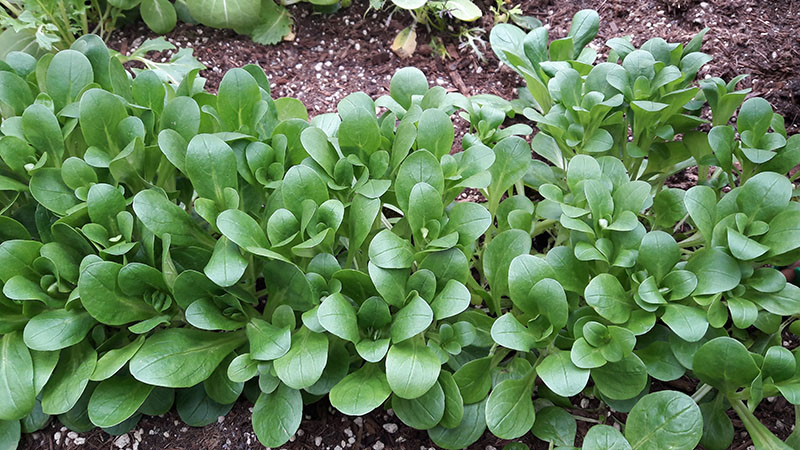
Spinach is also one of the classic winter vegetables. Cultivate it for the harvest starting November up to the beginning of September. If you sow it in October or November, it will sprout early in spring and provide you with its green leaves from April onwards. Spinach winters without any problems. A particularly high-growth winter variety is “Winter Giant“.
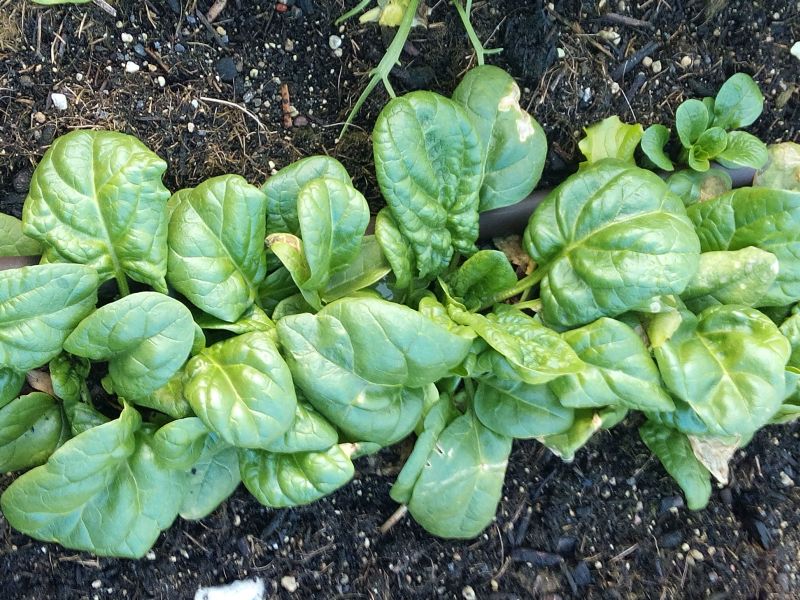
Salads to suit every taste
Salads are also available in a wide variety for the winter. Excellent, winterproof lettuce varieties are e.g. Wintermarie or Merveille des quatre saisons. As its name suggests, you can grow the latter in almost any season – it is very robust and resistant.
Well suited for winter cultivation is the Iceberg lettuce ‘Grazer Krauthäuptel 2‘. Its crisp leaves make it particularly popular.
My personal favorites are leaf lettuces. They are easy to grow and require no special care. Just sow them thinly in a row. The leaves can be harvested one by one later as needed. Leaf lettuce always produces new leaves from the heart. Attractive varieties are leaf lettuce “Till” and “Lollo Bionda“.
Chicory salads include the endive salad as well as the sugar loaf. The bitter taste of both salads can be softened by placing them in lukewarm water for some time after harvesting. While the endive salad (variety tip: “Walloon“) still develops well when grown until mid-September, by then you should have preferred Sugar Loaf. For mini-sugar loafs the cultivation period at the beginning of September is still suitable.
-
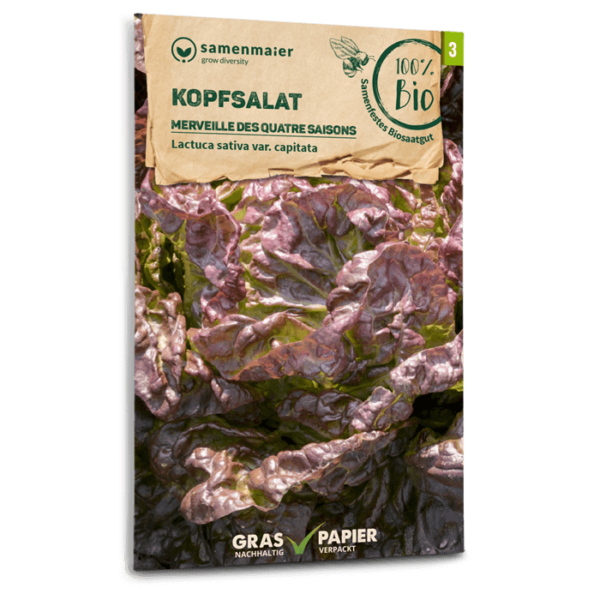 Organic lettuce Merveille des quatre saisons€ 3.99
Organic lettuce Merveille des quatre saisons€ 3.99incl. 13% VAT
Keine Versandkosten ab € 20 Warenkorb
-
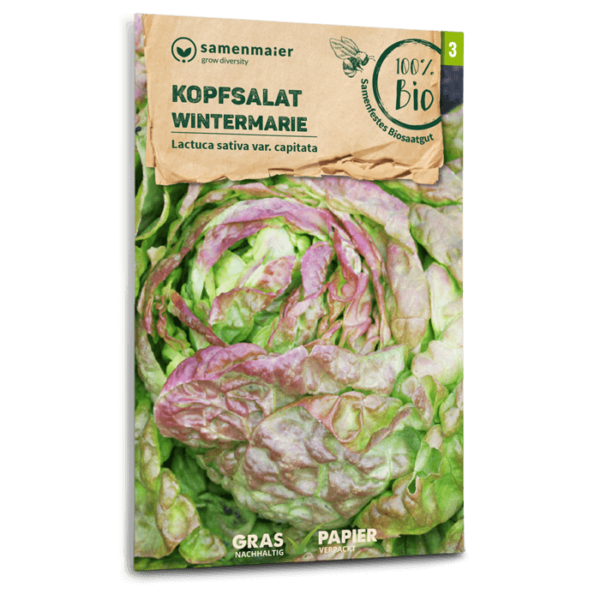 Organic Lettuce Wintermarie€ 3.99
Organic Lettuce Wintermarie€ 3.99incl. 13% VAT
Keine Versandkosten ab € 20 Warenkorb
-
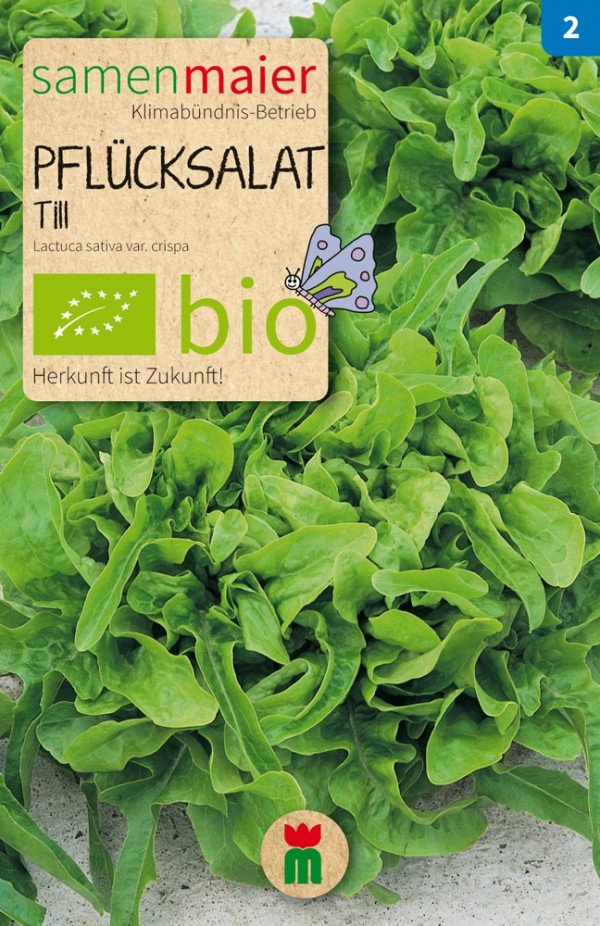 Organic Leaf Lettuce Till€ 2.99
Organic Leaf Lettuce Till€ 2.99incl. 13% VAT
Keine Versandkosten ab € 20 Warenkorb
-
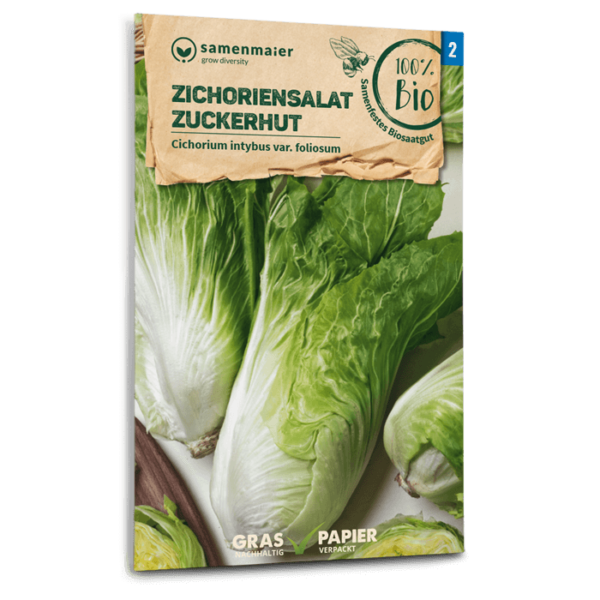 Organic Chicory Sugarloaf€ 2.99
Organic Chicory Sugarloaf€ 2.99incl. 13% VAT
Keine Versandkosten ab € 20 Warenkorb
-
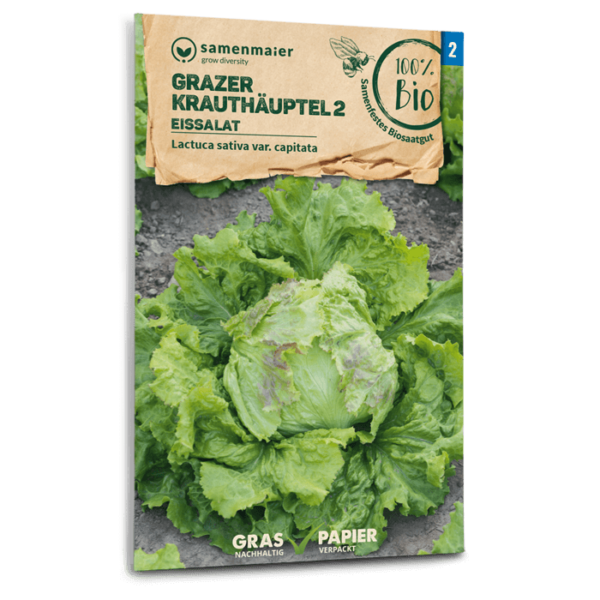 Organic Iceberg Lettuce Grazer Krauthäuptel 2€ 2.99
Organic Iceberg Lettuce Grazer Krauthäuptel 2€ 2.99incl. 13% VAT
Keine Versandkosten ab € 20 Warenkorb
-
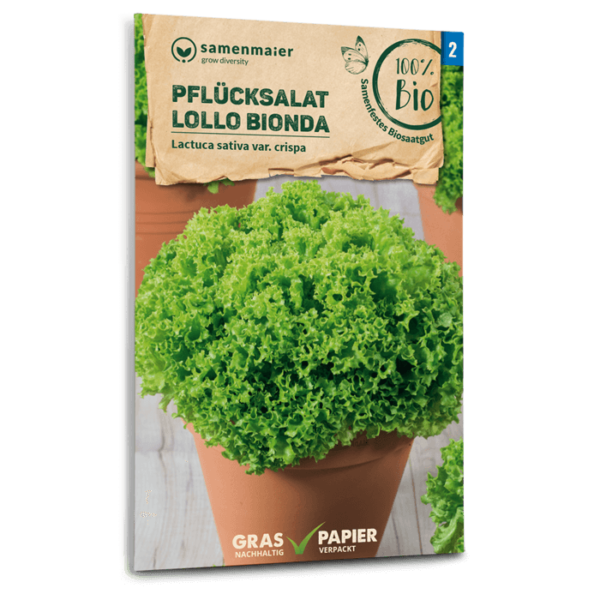 Organic Looseleaf Lettuce Lollo Bionda€ 2.99
Organic Looseleaf Lettuce Lollo Bionda€ 2.99incl. 13% VAT
Keine Versandkosten ab € 20 Warenkorb
A little more eccentric
If salad gets too monotonous for you, then why not go for some more unusual winter vegetables?
There aren’t so few of them.
You don’t only enjoy them raw, but you can also fry them in a pan with the Asia Salads Purple frills and Pak choi.
Asian salads are the most robust winter vegetables with a cold tolerance of up to -15° C.
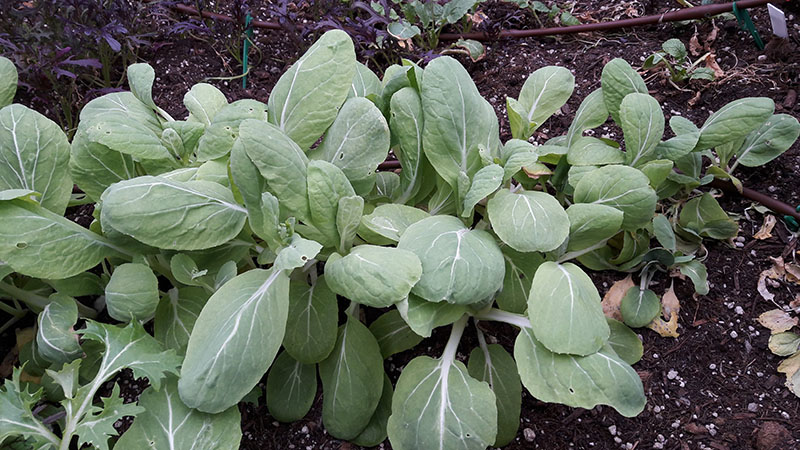
While red radishes are the best first spring snack from the garden, the icicle radish is perfect for winter. The elongated, snow-white radish is not only a delight raw, butsteamed it also is an ideal addition to many vegetarian or meat dishes. In mild winters, the radish can remain in the (covered) bed until spring, but you should harvest it before too much frost.
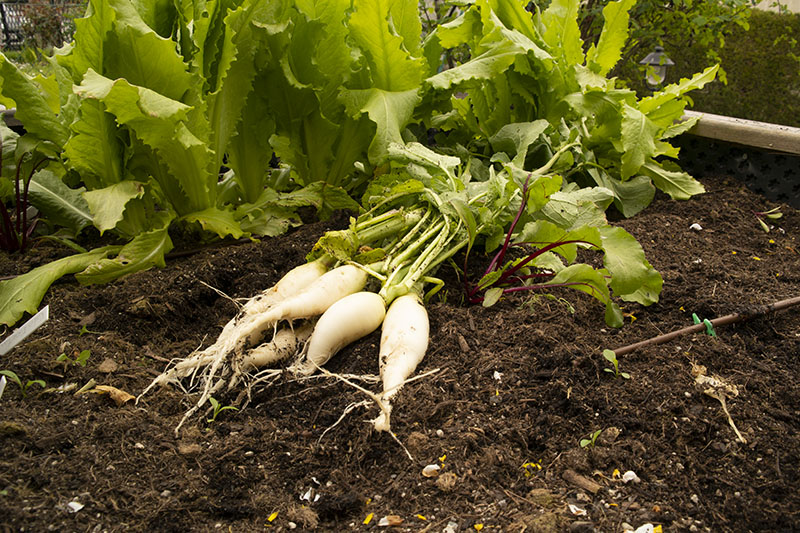
And how about a colorful addition to the salad? Red beets may not be ripe when grown in September, but the young leaves are an excellent addition to all winter salads.
More cold-tolerant than garden cress is winter cress, also known as barbara herb. It is suitable for spreads, as a tasty addition to salads or soups. Winter cress is rich in vitamins and nutrients.
-
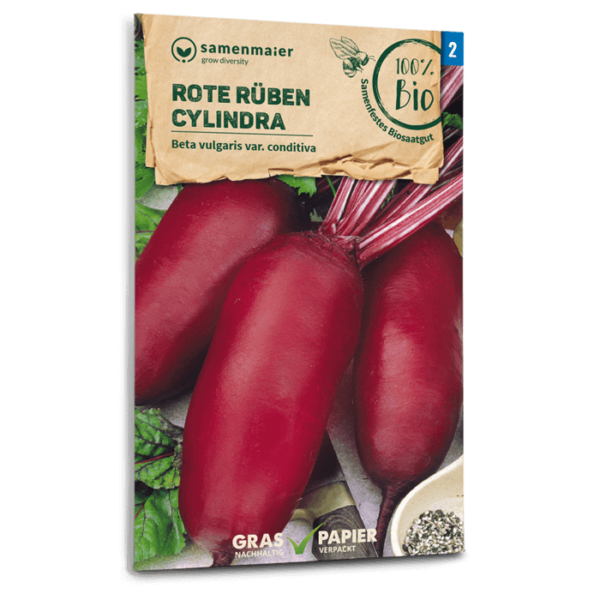 Organic red beets Cylindra€ 2.99
Organic red beets Cylindra€ 2.99incl. 13% VAT
Keine Versandkosten ab € 20 Warenkorb
-
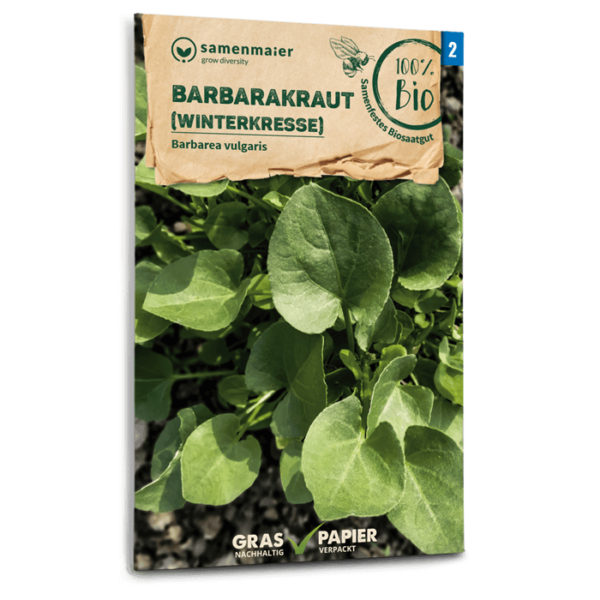 Organic Herb Barbara (Winter Rocket)€ 2.99
Organic Herb Barbara (Winter Rocket)€ 2.99incl. 13% VAT
Keine Versandkosten ab € 20 Warenkorb
-
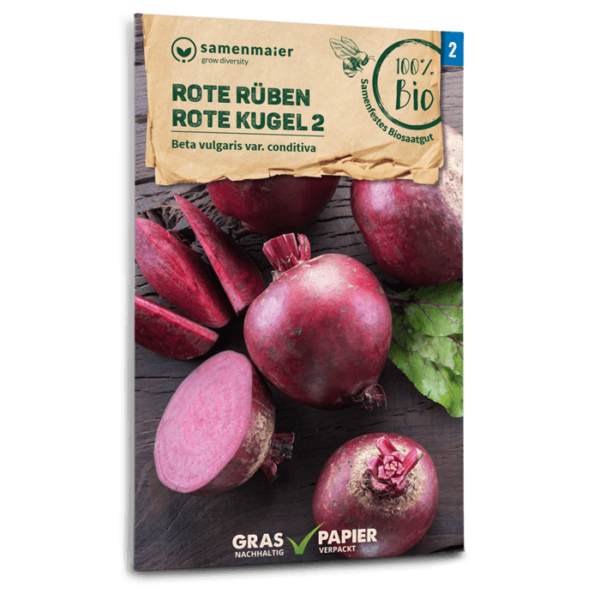 Organic Red Beets Rote Kugel 2€ 2.99
Organic Red Beets Rote Kugel 2€ 2.99incl. 13% VAT
Keine Versandkosten ab € 20 Warenkorb
Nothing stands in the way of a lush winter harvest if you follow a few “rules”:
The most important thing is to choose the right vegetables and varieties. Sow them in time – by the end of September at the latest – and protect the vegetables with a cold frame or fleece during the nights and on frosty days.
Article: DI Doris Kampas
Photo credits: bio-garten




